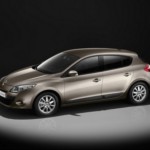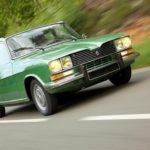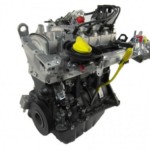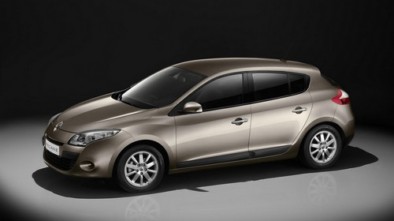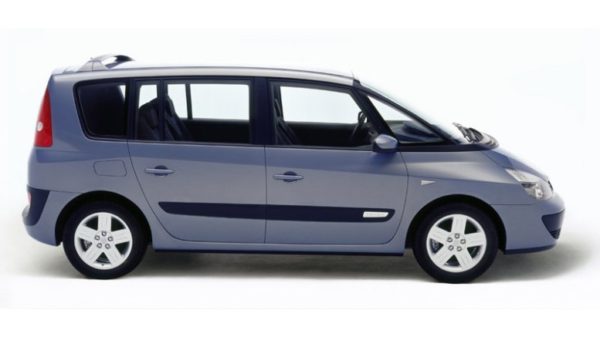Renault 12 1969 - 1980 - History of the Renault 12
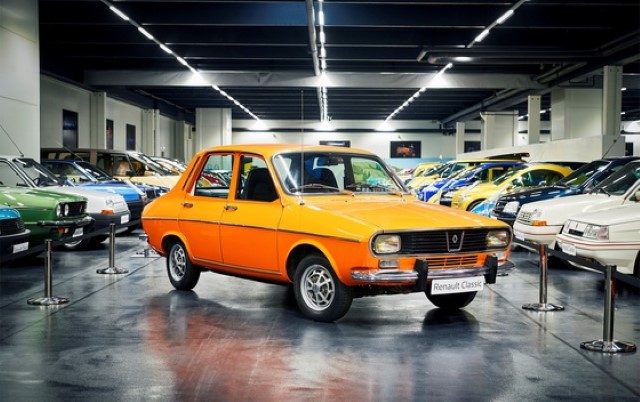
Reno 12
French manufacturer aims to make spacious family cars a modest yet respectable performance
When Reno started Project 1965 in 117, the French manufacturer's idea was to create an easy-to-manufacture car that could be made around the world, reliable for export and comfortable enough and comfortable for French taste. In doing so, it was desirable that it could be operated in several variations, which meant that it had to be front-wheel drive and a longitudinally mounted motor in front of the front axle.
The result of this project is the Renault 12, which debuted at the Paris Motor Show in October 1969. Some trifles were disappointed by the fact that Reno, instructed by the advice of his marketing sector, had abandoned his original plans to place the spare wheel in a trunk and to have a double headlamp on the right and only one on the left. Still, the Reno 12 is one of only a couple of family vehicles you could never call monotonous.
For the four-door body in Reno, they pointed out that it was "like an arrow", and for one car that was supposed to steam Citroen amiju and Simki 1100, the Reno 12 was surprisingly large (434 cm long). At the time, Reno's goal was to produce a spacious family car with modest but respectable performance.
Although Reno could easily insert a lightweight aluminum block engine from the model at 12 Reno 16, the idea was rejected because it would raise the price of a car aimed at the masses. Instead, the French used the steel Cleon unit, which had been running the Reno 1962 and Reno 8 since 10. The volume was increased to 1.289 cc, so the power jumped to 3 bhp. Given that the complete car weighed 54 kg, that was enough for a top speed of 840 km / h, and acceleration to 143 km / h in about 100 seconds.
The Renault 12 was one of the most comfortable cars in the class, including the Peugeot 304 and Ford Escort. Yet he was not without blemish. It was heavy on the steering wheel, the handbrake was tricky, the body was prone to corrosion, and the performance was not great, but it was still a very desirable car.
At the time of launch, the Reno 12 was only available as a sedan in the L and TL specifications. The more expensive TL had two separate front seats (as opposed to the L version that had a bench), armrests on the doors, lights in the boot and cassette in front of the front passenger, heated rear window and an additional four flashers. For all models, the four-speed manual gearbox lever was mounted on the floor, with the parking brake high in front of the driver.
The caravan as well as the sportier gordini version arrived the following year.
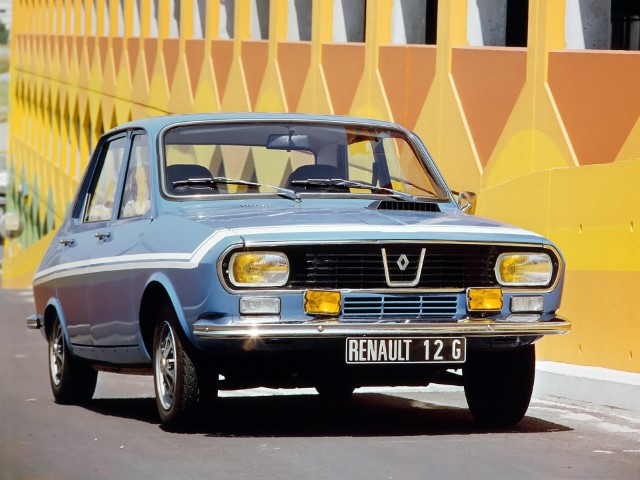
Reno 12
In October 1972, a more luxurious R12 TS was introduced that used the same 1.289 cc engine, but was fitted with a two-cylinder Webber carburetor, which increased its power to 3 hp and raised its top speed to 64 km / h. It was visually different from the other twelve in special Gordon-style wheels, fog lights, chrome bar along the sides, and in some countries two additional headlights. The TS also had head restraints, a rotometer and a coolant temperature gauge. In October 150, the parking brake lever was moved from the front driver position to the floor between the front seats. This was made possible because, in all versions, the front bench was then replaced by two separate front seats. In October 1972, the R1973 TR also appeared. Positioned between the TL and TS, it was fitted with an automatic transmission as standard.
The redesign arrived in 1975 when all versions received a simplified grille, new taillights and dashboard. The successor to the Reno 18, launched in 1978, but despite the current popularity of the new model, production of the Model 12 in France has been extended for another two years.
The Reno 12 was produced in a total of 2,5 million units, making it one of the most successful Reno cars of all time.
Dacia 1300 clone manufactured by 2006
Renault 12 was a real "world car". It was produced in Spain, Argentina, and until 1980 in Australia. The Ojak-Reno factory in Turkey produced its own version until 1998. However, the most famous version from the Model 12 was produced by the Romanian Dacia since 1969. They were the Dacia 1300 and 1300 Super Luxe models (it had a radio and two exterior mirrors). When Dacia completely separated from Renault in 1978, the name was changed to "denim", and production stopped in December 2006, due to EU regulations.
Gordini could reach 185 km / h
The high-performance Reno 12 gordini was fitted with a 1.565 cc engine with an all-aluminum block from the R3 TS. With the help of two two-door Weber carburetors, it produced 16 hp, had a crankshaft, a five-speed transmission, ventilated disc brakes up front and normal discs in the rear, as well as refined suspension. Gordini could reach 125 mph. The pastel colors of the body are highlighted by double white longitudinal stripes, the most famous being the French blue version. In 185 alone, 1971 gordini were sold, but after that sales began to decline sharply. Reno stopped production in 2.225 after selling 1974 copies. For comparison, the reno 5.188 gordini model sold at 8 pieces.
Author
Retrieved from: www.vijesti.me
Recommendation of similar texts:

Hi there, I am Mladen and I am an auto enthusiast. I started this blog years ago to help like minded people share information about latest cars, car servicing ideas, used car info, exotic cars, and auto technology. You will find helpful articles and videos on a wide variety of cars - Audi, Mercedes, Toyota, Porsche, Volvo, BMW and much more. Ping us if you have anything cool to share on latest cars or on how to make older cars more efficient, or just want to say hi!

